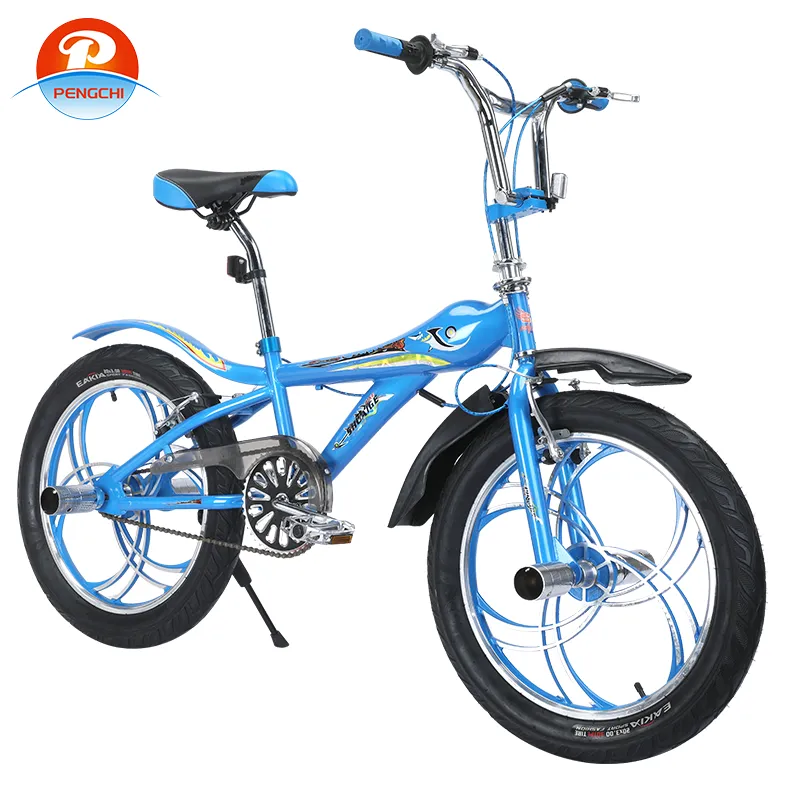
-
 Afrikaans
Afrikaans -
 Arabic
Arabic -
 Belarusian
Belarusian -
 Bengali
Bengali -
 Bulgarian
Bulgarian -
 Croatian
Croatian -
 Czech
Czech -
 Danish
Danish -
 Dutch
Dutch -
 English
English -
 Finnish
Finnish -
 French
French -
 German
German -
 Greek
Greek -
 hawaiian
hawaiian -
 Hebrew
Hebrew -
 Hindi
Hindi -
 Hungarian
Hungarian -
 Indonesian
Indonesian -
 irish
irish -
 Italian
Italian -
 Japanese
Japanese -
 Javanese
Javanese -
 kazakh
kazakh -
 Khmer
Khmer -
 Korean
Korean -
 Kyrgyz
Kyrgyz -
 Lao
Lao -
 Latin
Latin -
 Luxembourgish
Luxembourgish -
 Malay
Malay -
 Myanmar
Myanmar -
 Norwegian
Norwegian -
 Persian
Persian -
 Polish
Polish -
 Portuguese
Portuguese -
 Romanian
Romanian -
 Russian
Russian -
 Serbian
Serbian -
 Slovak
Slovak -
 Somali
Somali -
 Spanish
Spanish -
 Swedish
Swedish -
 Tagalog
Tagalog -
 Thai
Thai -
 Turkish
Turkish -
 Turkmen
Turkmen -
 Ukrainian
Ukrainian -
 Uighur
Uighur -
 Vietnamese
Vietnamese
নভে. . 17, 2024 20:59 Back to list
Comparing Variations in Mountain Bike Design and Performance Features for Riders
Differences in Mountain Bikes A Comprehensive Overview
Mountain biking is an exhilarating outdoor activity that has gained immense popularity in recent years, attracting enthusiasts of all skill levels. One of the defining aspects of mountain biking is the diverse range of bikes available, each designed to cater to specific terrains, riding styles, and preferences. Understanding the differences in mountain bikes can significantly enhance your riding experience.
First and foremost, mountain bikes can be categorized based on their suspension systems. There are three primary types hardtail, full-suspension, and rigid. Hardtail bikes feature a front suspension only, providing a lightweight option ideal for cross-country riding and climbing steep trails. They offer efficiency and responsiveness, making them suitable for smooth to moderately rough terrain. In contrast, full-suspension bikes come with both front and rear suspension, allowing for greater shock absorption on rough trails. This design enhances comfort and control, making it perfect for technical descents and rugged landscapes. Rigid bikes, lacking any suspension, are typically used for specific disciplines and are less common but provide a direct connection to the terrain.
Another significant difference lies in the frame materials used in mountain bikes. The most common materials include aluminum, carbon fiber, and steel. Aluminum frames are popular due to their lightweight construction and affordability, making them an excellent choice for beginners. Carbon fiber frames, on the other hand, are favored by serious riders for their strength-to-weight ratio, offering superior performance but at a higher cost. Steel frames are known for their durability and comfort, often chosen for bike touring or long-distance rides, as they provide a more forgiving ride.
differences in mountain bikes

Tires also play a crucial role in the performance of mountain bikes. The width and tread pattern of tires can significantly influence traction, speed, and handling. Wider tires provide better grip and stability on loose surfaces, while narrower tires are faster on hard-packed trails. Additionally, the tread pattern can affect the bike's performance in different conditions, such as mud, gravel, or rocky terrains.
Lastly, geometry is an essential factor that separates different mountain bike models. The angle of the frame, length of the wheelbase, and stack height all contribute to how a bike performs and feels. Bikes designed for steep descents often have a slacker head angle and longer wheelbase for better stability, while cross-country bikes generally have a steeper geometry for improved climbing efficiency.
In conclusion, the differences in mountain bikes are vast and cater to a wide array of riders and terrains. Whether you’re a beginner looking for a hardtail to tackle gentle trails or an experienced rider seeking a full-suspension bike for aggressive downhill rides, understanding these differences will help you choose the right bike that suits your riding style and enhances your outdoor adventures.
-
Red Black BMX Bike with GPT-4-Turbo AI Tech
NewsJul.31,2025
-
New Red Anti-theft E-Bike | Easy Ride City Commuter
NewsJul.31,2025
-
BMX 20 Inch Bikes for Freestyle & Street | Fat Tire Options Available
NewsJul.30,2025
-
322 High Quality 26 Inch 21 Speed Adult Mountain Bike OEM MTB
NewsJul.29,2025
-
Specialized Kids Mountain Bikes - Safe, Durable & Fun Riding Experience
NewsJul.29,2025
-
Little Kids Mountain Bike - Lightweight Bikes for Young Riders
NewsJul.29,2025

